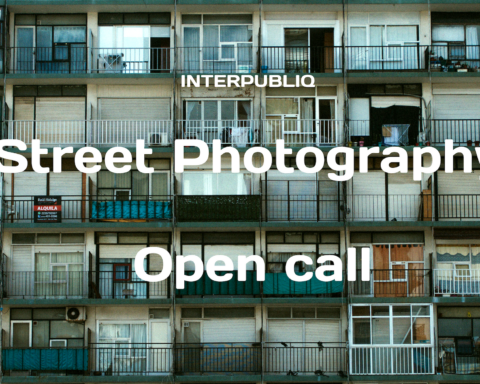I was born in 1992 in a small mountain town in central Italy. I think living in contact with nature was essential to make me passionate about photography.
I studied advertising graphics and photography in Rome, but immediately after my studies I decided to return to my small town of origin,
where life goes slowly and I have time to read, take long walks in the mountains and meditate. I opened a photographic studio where I work as a professional photographer.
For some years I have been making photographic projects that I have exhibited in collective and private exhibitions in various galleries in Italy and abroad.
I think I still have a lot to study, but I’m happy to have found my way after a long time.
When was your first picture taken?
I took my first photo around when I was 18 years old. (The chair in front of the window in attachment). My parents gave me a camera for my birthday, and I decided to go to an abandoned house to take some pictures. In particular, this chair left in front of a window was very evocative for me, it made me think of all the things that remain where people have passed and gone away. I think photography has to do with melancholy at times.
How do you put the person, place, or thing in front of the camera onto film, chip, or paper the way you want it to?
I believe that the best way to take a good photo is to wait, wait for the person or thing in front of you to reveal itself in the best way, in the most authentic way. I don’t like to interfere too much with the subject, I give some guidelines but then I prefer him/her to express their selves. I think it’s photography that appears to photographers, our task is to have the sensitivity to capture it
What photographers have influenced you, and how have they influenced the way you approach your subject?
Obviously I have known and appreciated the work of many photographers, and I still continue incessantly to study them and meet new ones. Each of them has left me something inside, which I hope to be able to return in my images. In particular, I really appreciate Henri-Cartier Bresson’s approach, the balance of form and attention to the instant.
What exactly do you want to say with your photos, and how do you make your photos do that?
It’s hard to put into words what an image can do. Say where it started from, where you wanted to go with it. I believe that every form of art starts from our deepest and most unconscious part and reveals itself through mechanisms unknown to us. I start from the emotion that a moment arouses in me, a light, a person, an environment, and I hope to be able to communicate it to those who look at the photograph.
What photographic gears do you use to stay focused on what you do best when shooting?
I don’t like particularly bulky or heavy equipment, the equipment must be used to realize our ideas, but it must not become a burden to carry around. The most important things for me are the idea, the emotion and the desire to say something. We already have our best equipment inside of us: the heart, the brain, the soul …
Any technology/software/hardware?
Like everyone I arrange my digital files by processing the raw negative, I don’t like to interfere too much in the image once it is obtained. I like to arrange the image to make it as balanced as possible, but I don’t really like extreme digital retouching
What motivates you to continue taking pictures? Is it political, intellectual or emotional?
I think the thing that most of all pushes me to continue photographing is the need, the unstoppable instinct to do so, without even knowing why. I believe that for each photograph taken there is a different motivation, but fundamentally, if we continue to do something we like, if we carry on a passion, it is because within us we have understood that without it we would be like dead.




















